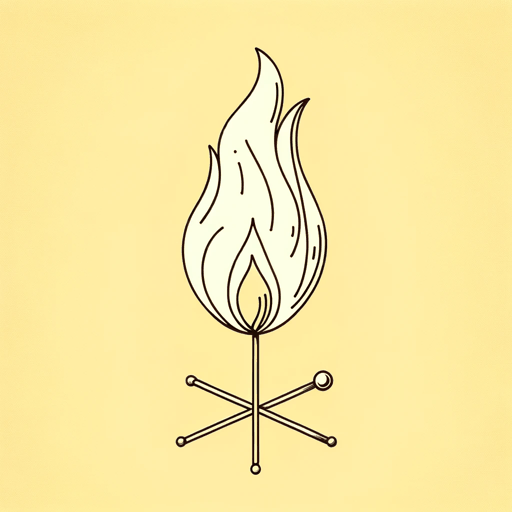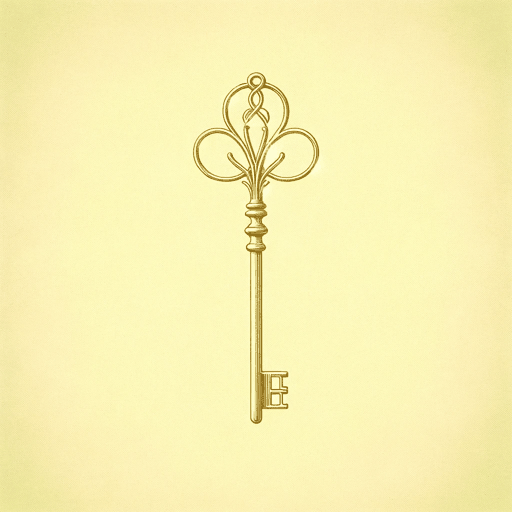37 pages • 1 hour read
Patrick DewittThe Sisters Brothers
Fiction | Novel | Adult | Published in 2011A modern alternative to SparkNotes and CliffsNotes, SuperSummary offers high-quality Study Guides with detailed chapter summaries and analysis of major themes, characters, and more.
Symbols & Motifs
Inventions and Ingenuity
DeWitt casts the Wild West as a physical and moral frontier and a technological one. Its lawless spaciousness combines with greed to give rise to a number of inventions that the brothers encounter on their adventure.
Some new technologies are benign and helpful. Several are in the related fields of medicine and hygiene: Watts the dentist introduces the brothers both to toothbrush and toothpaste, a total novelty in the 1850s, and to local anesthetic, which Watts uses to remove his rotten teeth. Other inventions offer connection and communication: the telephone they encounter in the San Francisco hotel and the steam-powered ferry that takes them upriver toward Morris and Warm’s camp. However, the novel also reveals a darker side to human inventive freedom. Warm’s father creates “diabolical, nonsensical” (266) inventions like “The Conclusive Blanket” (266), a mesh of blades that “improves on the guillotine, by allowing the body of the victim to “be cut into numberless tidy cubes” (266).
The novel’s imaginary MacGuffin—the object that motivates the direction of the plot—is Warm’s chemical that illuminates gold underwater. This invention straddles the line between helpful and destructive. Warm does not intend harm, simply wishing to harness his formula’s powers for personal success. However, the chemical can’t help but replicate the effects of the greed that spawned the Gold Rush in the first place, killing not only Warm and Morris but all the dam’s beavers.
Featured Collections
9th-12th Grade Historical Fiction
View Collection
Addiction
View Collection
Allegories of Modern Life
View Collection
American Civil War
View Collection
American Literature
View Collection
Books Made into Movies
View Collection
Books on U.S. History
View Collection
Books that Feature the Theme of...
View Collection
Canadian Literature
View Collection
Community
View Collection
Historical Fiction
View Collection
Mortality & Death
View Collection
Satire
View Collection
Sexual Harassment & Violence
View Collection
The Best of "Best Book" Lists
View Collection
The Booker Prizes Awardees & Honorees
View Collection
Westerns
View Collection


